Citibank 2010 Annual Report Download - page 95
Download and view the complete annual report
Please find page 95 of the 2010 Citibank annual report below. You can navigate through the pages in the report by either clicking on the pages listed below, or by using the keyword search tool below to find specific information within the annual report.-
 1
1 -
 2
2 -
 3
3 -
 4
4 -
 5
5 -
 6
6 -
 7
7 -
 8
8 -
 9
9 -
 10
10 -
 11
11 -
 12
12 -
 13
13 -
 14
14 -
 15
15 -
 16
16 -
 17
17 -
 18
18 -
 19
19 -
 20
20 -
 21
21 -
 22
22 -
 23
23 -
 24
24 -
 25
25 -
 26
26 -
 27
27 -
 28
28 -
 29
29 -
 30
30 -
 31
31 -
 32
32 -
 33
33 -
 34
34 -
 35
35 -
 36
36 -
 37
37 -
 38
38 -
 39
39 -
 40
40 -
 41
41 -
 42
42 -
 43
43 -
 44
44 -
 45
45 -
 46
46 -
 47
47 -
 48
48 -
 49
49 -
 50
50 -
 51
51 -
 52
52 -
 53
53 -
 54
54 -
 55
55 -
 56
56 -
 57
57 -
 58
58 -
 59
59 -
 60
60 -
 61
61 -
 62
62 -
 63
63 -
 64
64 -
 65
65 -
 66
66 -
 67
67 -
 68
68 -
 69
69 -
 70
70 -
 71
71 -
 72
72 -
 73
73 -
 74
74 -
 75
75 -
 76
76 -
 77
77 -
 78
78 -
 79
79 -
 80
80 -
 81
81 -
 82
82 -
 83
83 -
 84
84 -
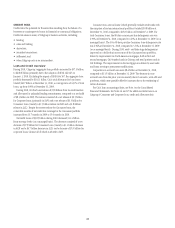 85
85 -
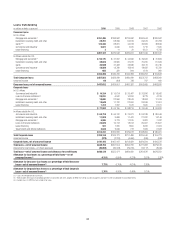 86
86 -
 87
87 -
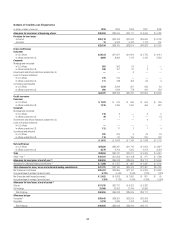 88
88 -
 89
89 -
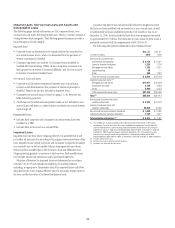 90
90 -
 91
91 -
 92
92 -
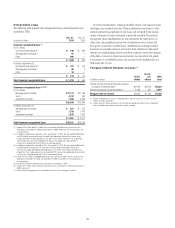 93
93 -
 94
94 -
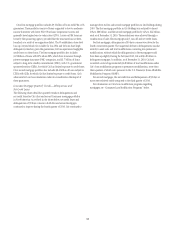 95
95 -
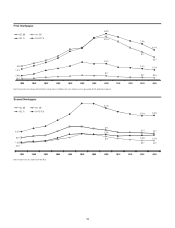 96
96 -
 97
97 -
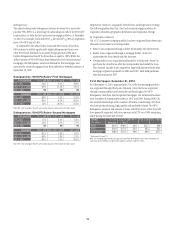 98
98 -
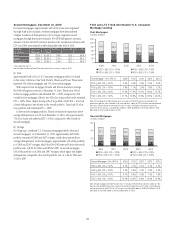 99
99 -
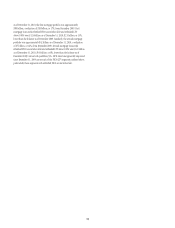 100
100 -
 101
101 -
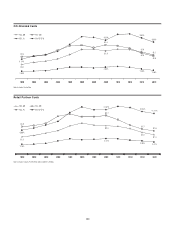 102
102 -
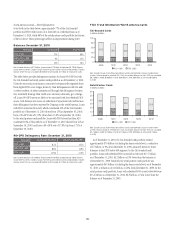 103
103 -
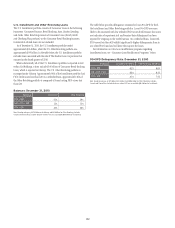 104
104 -
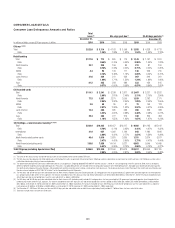 105
105 -
 106
106 -
 107
107 -
 108
108 -
 109
109 -
 110
110 -
 111
111 -
 112
112 -
 113
113 -
 114
114 -
 115
115 -
 116
116 -
 117
117 -
 118
118 -
 119
119 -
 120
120 -
 121
121 -
 122
122 -
 123
123 -
 124
124 -
 125
125 -
 126
126 -
 127
127 -
 128
128 -
 129
129 -
 130
130 -
 131
131 -
 132
132 -
 133
133 -
 134
134 -
 135
135 -
 136
136 -
 137
137 -
 138
138 -
 139
139 -
 140
140 -
 141
141 -
 142
142 -
 143
143 -
 144
144 -
 145
145 -
 146
146 -
 147
147 -
 148
148 -
 149
149 -
 150
150 -
 151
151 -
 152
152 -
 153
153 -
 154
154 -
 155
155 -
 156
156 -
 157
157 -
 158
158 -
 159
159 -
 160
160 -
 161
161 -
 162
162 -
 163
163 -
 164
164 -
 165
165 -
 166
166 -
 167
167 -
 168
168 -
 169
169 -
 170
170 -
 171
171 -
 172
172 -
 173
173 -
 174
174 -
 175
175 -
 176
176 -
 177
177 -
 178
178 -
 179
179 -
 180
180 -
 181
181 -
 182
182 -
 183
183 -
 184
184 -
 185
185 -
 186
186 -
 187
187 -
 188
188 -
 189
189 -
 190
190 -
 191
191 -
 192
192 -
 193
193 -
 194
194 -
 195
195 -
 196
196 -
 197
197 -
 198
198 -
 199
199 -
 200
200 -
 201
201 -
 202
202 -
 203
203 -
 204
204 -
 205
205 -
 206
206 -
 207
207 -
 208
208 -
 209
209 -
 210
210 -
 211
211 -
 212
212 -
 213
213 -
 214
214 -
 215
215 -
 216
216 -
 217
217 -
 218
218 -
 219
219 -
 220
220 -
 221
221 -
 222
222 -
 223
223 -
 224
224 -
 225
225 -
 226
226 -
 227
227 -
 228
228 -
 229
229 -
 230
230 -
 231
231 -
 232
232 -
 233
233 -
 234
234 -
 235
235 -
 236
236 -
 237
237 -
 238
238 -
 239
239 -
 240
240 -
 241
241 -
 242
242 -
 243
243 -
 244
244 -
 245
245 -
 246
246 -
 247
247 -
 248
248 -
 249
249 -
 250
250 -
 251
251 -
 252
252 -
 253
253 -
 254
254 -
 255
255 -
 256
256 -
 257
257 -
 258
258 -
 259
259 -
 260
260 -
 261
261 -
 262
262 -
 263
263 -
 264
264 -
 265
265 -
 266
266 -
 267
267 -
 268
268 -
 269
269 -
 270
270 -
 271
271 -
 272
272 -
 273
273 -
 274
274 -
 275
275 -
 276
276 -
 277
277 -
 278
278 -
 279
279 -
 280
280 -
 281
281 -
 282
282 -
 283
283 -
 284
284 -
 285
285 -
 286
286 -
 287
287 -
 288
288 -
 289
289 -
 290
290 -
 291
291 -
 292
292 -
 293
293 -
 294
294 -
 295
295 -
 296
296 -
 297
297 -
 298
298 -
 299
299 -
 300
300 -
 301
301 -
 302
302 -
 303
303 -
 304
304 -
 305
305 -
 306
306 -
 307
307 -
 308
308 -
 309
309 -
 310
310 -
 311
311 -
 312
312
 |
 |
93
Citi’s first mortgage portfolio includes $9.3 billion of loans with FHA or VA
guarantees. These portfolios consist of loans originated to low-to-moderate-
income borrowers with lower FICO (Fair Isaac Corporation) scores and
generally have higher loan-to-value ratios (LTVs). Losses on FHA loans are
borne by the sponsoring agency, provided that the insurance has not been
breached as a result of an origination defect. The VA establishes a loan-level
loss cap, beyond which Citi is liable for loss. FHA and VA loans have high
delinquency rates but, given the guarantees, Citi has experienced negligible
credit losses on these loans. The first mortgage portfolio also includes
$1.8 billion of loans with LTVs above 80%, which have insurance through
private mortgage insurance (PMI) companies, and $1.7 billion of loans
subject to long-term standby commitments (LTSC), with U.S. government
sponsored entities (GSEs), for which Citi has limited exposure to credit losses.
Citi’s second mortgage portfolio also includes $0.6 billion of loans subject to
LTSCs with GSEs, for which Citi has limited exposure to credit losses. Citi’s
allowance for loan loss calculations take into consideration the impact of
these guarantees.
Consumer Mortgage Quarterly Trends—Delinquencies and
Net Credit Losses
The following charts detail the quarterly trends in delinquencies and
net credit losses for Citi’s first and second Consumer mortgage portfolios
in North America. As set forth in the charts below, net credit losses and
delinquencies of 90 days or more in both first and second mortgages
continued to improve during the fourth quarter of 2010. Citi continued to
manage down its first and second mortgage portfolios in Citi Holdings during
2010. The first mortgage portfolio in Citi Holdings was reduced by almost
20% to $80 billion, and the second mortgage portfolio by 14% to $44 billion,
each as of December 31, 2010. These reductions were achieved through a
combination of sales (first mortgages only), run-off and net credit losses.
For first mortgages, delinquencies of 90 days or more were down for the
fourth consecutive quarter. The sequential decline in delinquencies was due
entirely to asset sales and trial modifications converting into permanent
modifications, without which the delinquencies in first mortgages would
have been up slightly. During the full year 2010, Citi sold $4.8 billion in
delinquent mortgages. In addition, as of December 31, 2010, Citi had
converted a total of approximately $4.8 billion of trial modifications under
Citi’s loan modification programs to permanent modifications, more than
three-quarters of which were pursuant to the U.S. Treasury’s Home Affordable
Modification Program (HAMP).
For second mortgages, the net credit loss and delinquencies of 90 days or
more were relatively stable compared to the third quarter of 2010.
For information on Citi’s loan modification programs regarding
mortgages, see “Consumer Loan Modification Programs” below.
